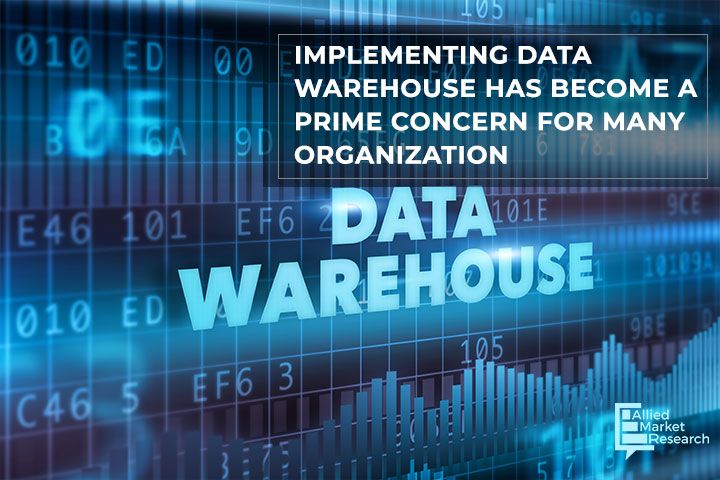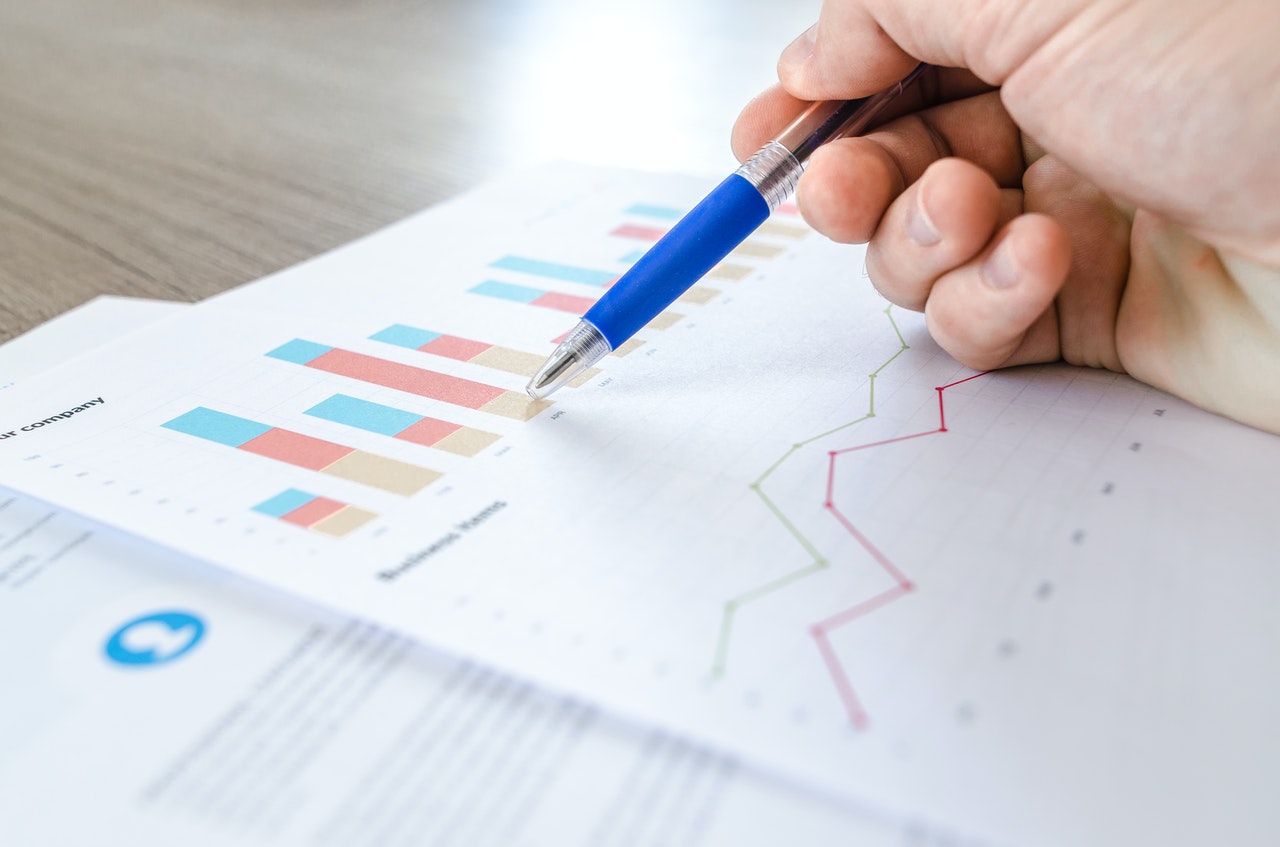Hey guys, what is up. In this particular post, we will be talking about what is data warehouse. Benefits of using it, it’s working and where it is used.
Updated on 05.10.2021
KEY POINTS
What is data warehouse?

A data warehouse is a big collection of business data that helps a company to make choices. It is simply connecting and studying the data from varying sources. The idea of a data warehouse has lived since the 1980s. This big number of data in warehouses comes from different places like internal applications like sales, finance, and marketing.pdf editor free
This systematically takes data from those systems and applications. Then that data passes from designing and import processes to match the information that is already available in the house. The warehouse stores the data so that it can be used for decision-making. How this data is changed and designed all depends on the need of the organization which takes it.
What is data warehousing?
Data warehousing is a process of gathering and controlling information from different sources to produce good business insights. It is a mix of technologies and parts which support the use of this data. It is like the electronic storing of a big quantity of data by a business. That is design for problems and scanning. This can also be defined as a process of formatting data into information and making it accessible to customers in a punctual manner.
Benefits of using this:
The company that uses this technology to help their analytics and intelligence sees a large number of solid advantages:
- Better information: Attaching data sources to a warehouse helps companies to verify that they are gathering good and true data from that source regularly. They don’t need to check whether the data will be available or inconsistent as it comes into the system. This verifies better data quality and data unity for better decision-making.
- Faster decision: Data in a warehouse is in such compatible formats that it is ready to examine. Therefore, decision-makers don’t need to reply to wrong data or poor standards.
How this works:
This works as the main storing house where data comes from one or more data sources. Data flows into the warehouse from flexible systems and other relational databases.
Data can be:
- Organized
- Semi-organized
- Unorganized data
The data is prepared, converted, and absorbed so that consumers can use the prepared information in the warehouse. This can be access by using business intelligence tools, spreadsheets, and SQL clients. Also, this technology combines data coming from different sources into one big database. By combining this data in one place, an organization can study its customer’s needs. Moreover, this helps to verify that it has studied all the data available. Also, this technology makes data mining possible.
What is a data warehouse used for?

- AIRLINES- In the airline system, it helps work purpose like crew works, the study of routes, frequent flyer program promotions, etc.
- BANKING- It is commonly used in the banking field to run the resources accessible on the desk effectively. Some banks also use this for market studying, performance scanning of the product, and operations.
- HEALTHCARE- Healthcare industry also uses this to arrange and see results. Generate patient treatment reports, share information with the insurance organization, medical aid services, etc.
- PUBLIC SECTOR- In the public sector, it is used for intelligence collection. It also helps government firms to scan and support tax reports, health policy reports for each individual.
- Investment and Insurance sector- In this sector, the warehouses are firstly used to study data patterns, customer trends, and to maintain market movements.
- Retain chain- In this field, it is commonly used for arrangement and marketing purposes. It is also helpful in tracking goods, customer buying patterns, promotions, and also deciding pricing plans.
- Telecommunication- In this field, it is helpful in good promotion, sales decisions, and making distribution choices.
- Hospitality industry- This industry uses warehouse systems to sketch as well as approximate their advertisement and promotion campaigns. Also, they want to target customers on the basis of feedback and travel designs.
In the upcoming post, you will be getting information related to pattern questions on the nesting of loops. If you haven’t read about what is big data analytics then go and read this. You can read previous posts by scrolling downwards. Also, stay tuned for the upcoming post.



